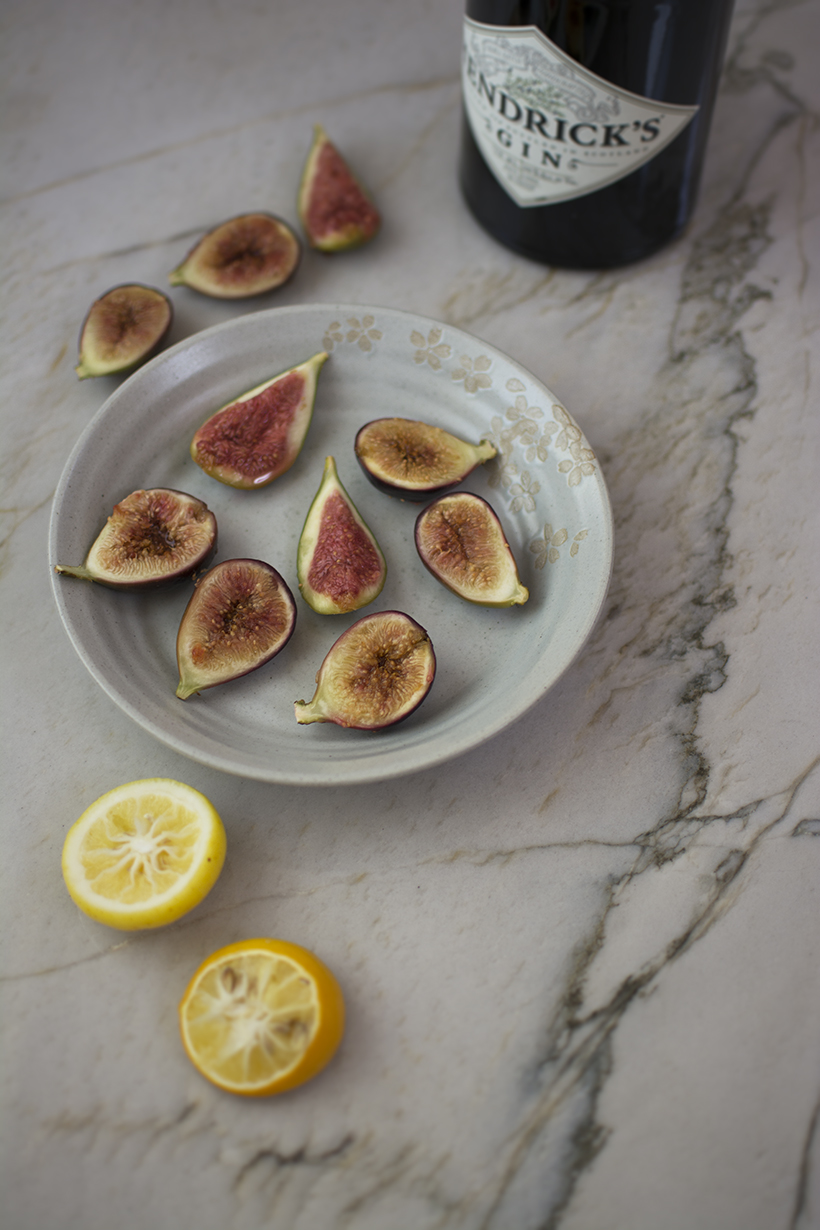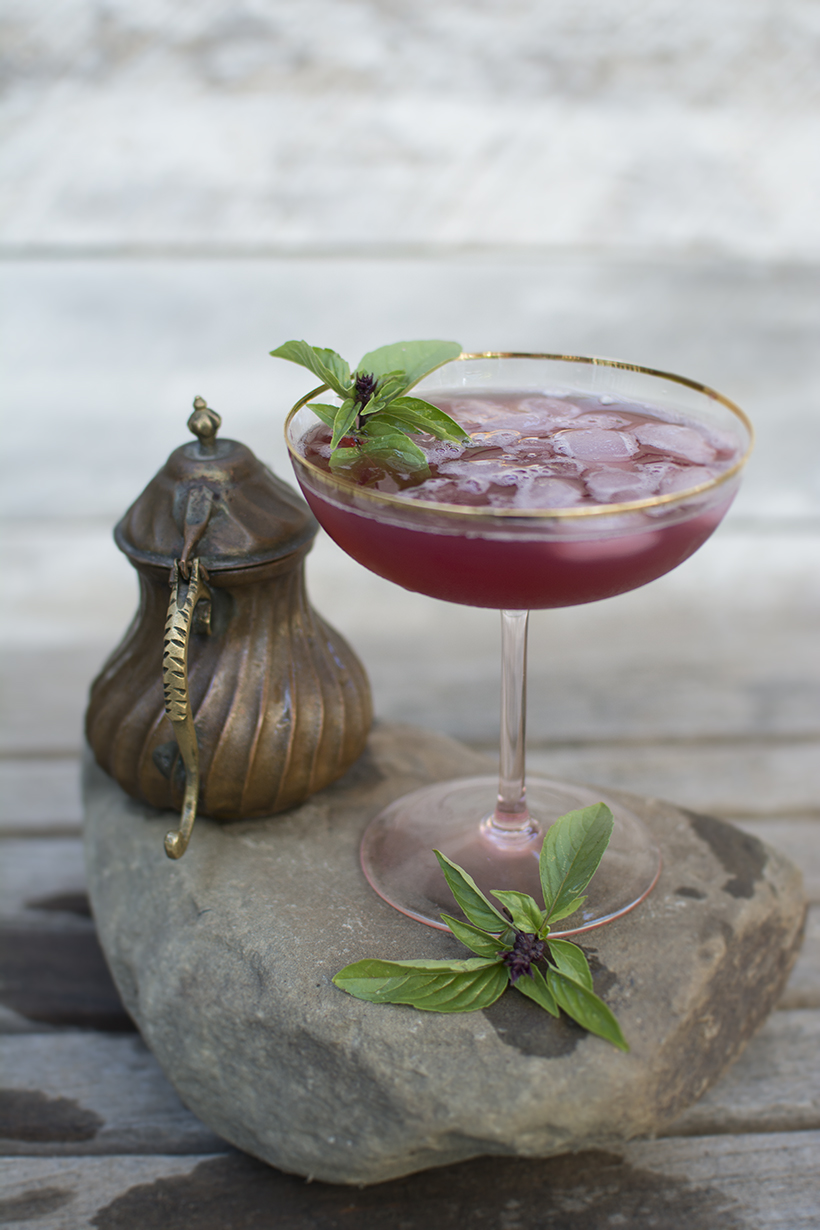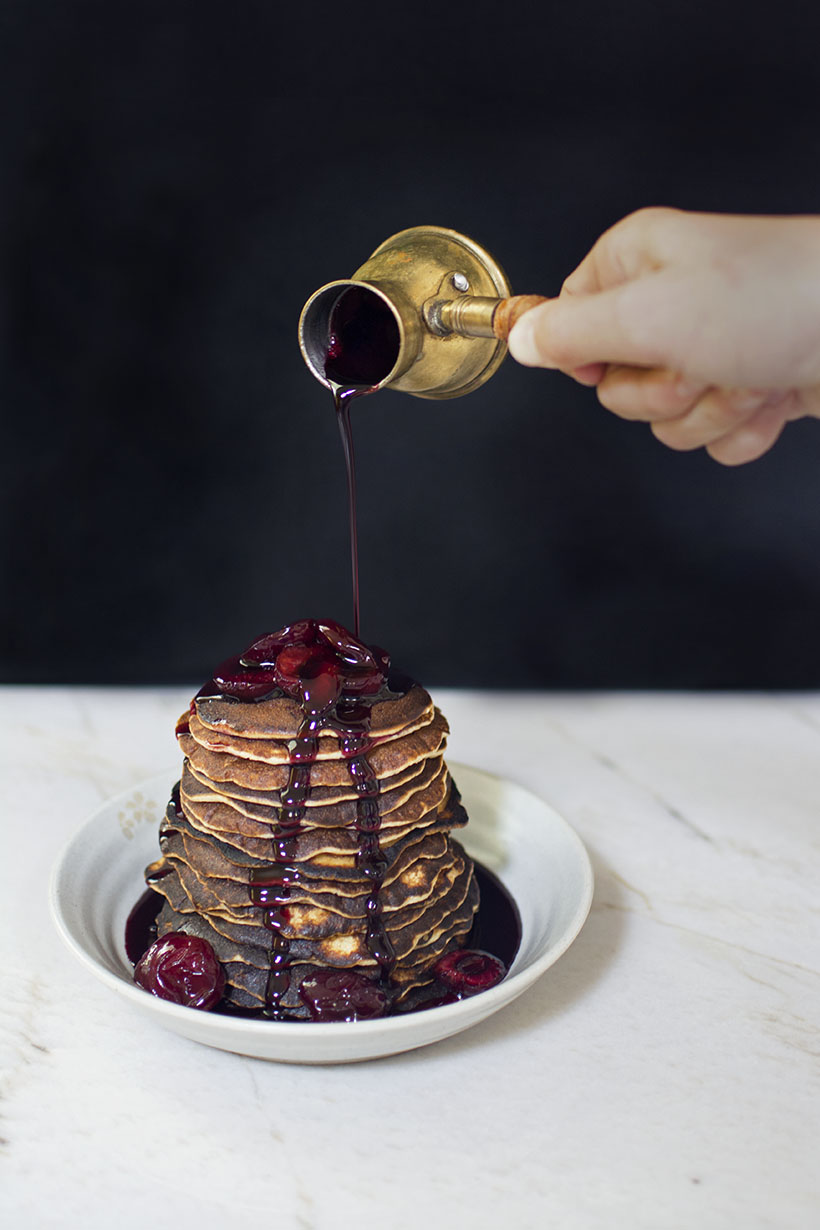When I’m lucky enough to find stinging nettles growing in an abandoned home lot, I forage immediately and drive to Raul’s kitchen to have him make his famous pesto sauce. This is suburban foraging at its best, and so it is that I spent a Sunday morning in the rain, clipping the barbed stems with gloves and boots for protection. There is nothing better than freshly snipped earth-to-kitchen greenery in a raw food recipe such as the verdant pesto. Nettles were historically used to make beer, popular in Britain in the 17th century. Obviously I need to find a local brewmaster next!
Stinging nettle (Urtica dioica) releases a sting under pressure when the tiny barb penetrates the skin, the tip breaks and the juice is injected. The stings are only slightly painful, itchy and annoying, but rarely dangerous and only last a few minutes – a quick hot water blanch of the leaves will bend and render those barbs harmless in a minute! Remember to rescue any found caterpillars because they will turn into the beautiful Red Admiral butterfly whose exclusive diet as larva is the nettle leaf, barbs and all. Use only the leaves, plucking from the stems with gloved fingers, and rinse well before blanching.







As with all good cooks, Raul’s recipe involves adding a little bit of this and a little bit of that to taste. Raul recorded the following pesto recipe for me, but even his wife, Cathy, has tried to duplicate it without success (or else she has found a clever way of staying out of the kitchen.) Taste and add as you go, particularly the olive oil – more for a pasta sauce and less for a pizza spread. The nettle has a smooth, mild flavor. As I was leaving Raul’s kitchen, he and Cathy were tasting a combined nettle and basil pesto. Did you know that nettles have more protein than beans and 29 times more calcium than spinach!? Gotta love the nettle, barbs and all.
Rauls’ Pesto Sauce
8 TBSP blanched nettle leaves or a small fistful after water is squeezed out
(starts as 2 or 3 big tong-fulls of fresh nettle leaves & shrinks down significantly)
2 garlic cloves
2 TBSP lightly toasted pine nuts
3 TBSP grated parmesan cheese
salt and pepper to taste
virgin olive oil
Place blanched nettle leaves, toasted pine nuts, parmesan and a little salt and pepper in a food processor.
Blend until smooth, and while the motor is running, gradually pour in the olive oil until well distributed.
Better still, add the olive oil by hand to achieve the perfect consistency.





What a lovely recipe! I see those plants here on the coast. Thank you for the wonderful idea.
To make it easier, some people pluck only the top crown with its flowers and leaves, both acceptable to eat. Have fun!! So yummy!!